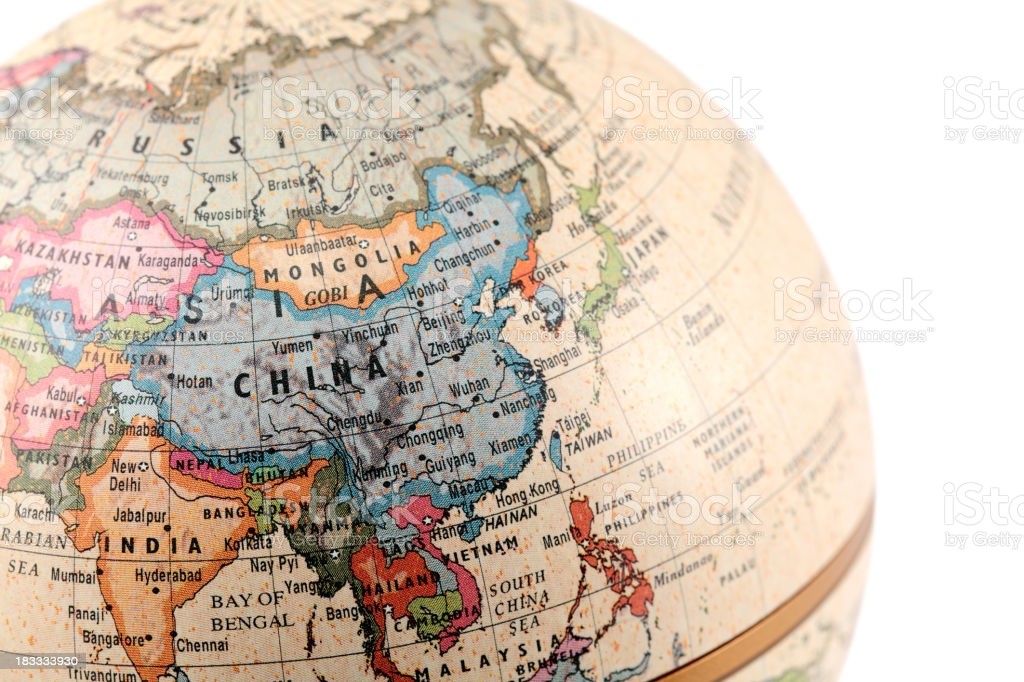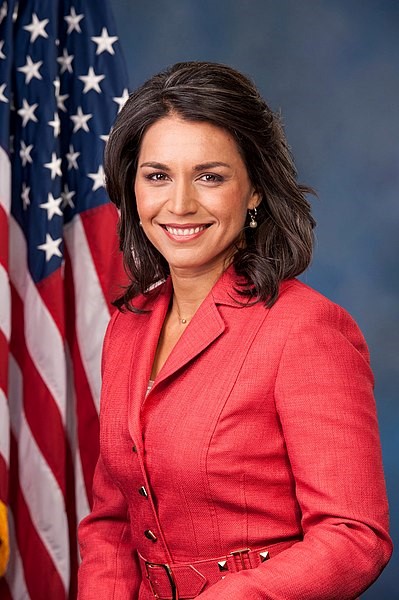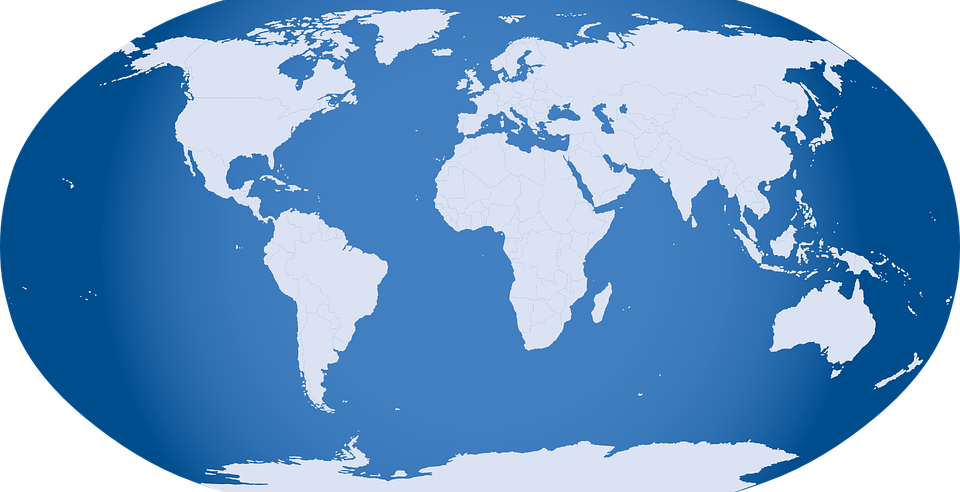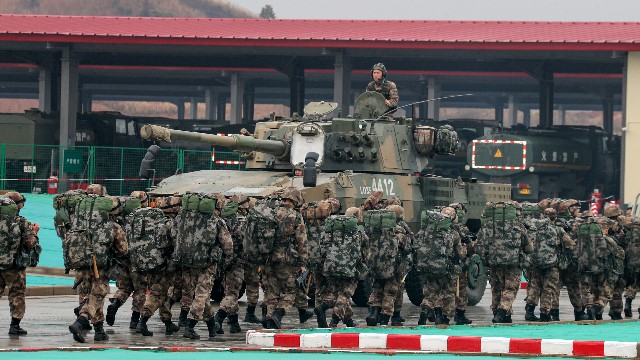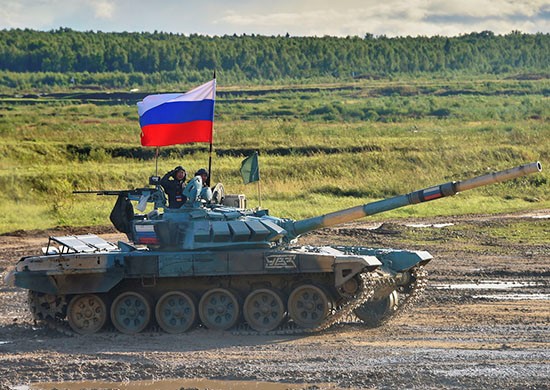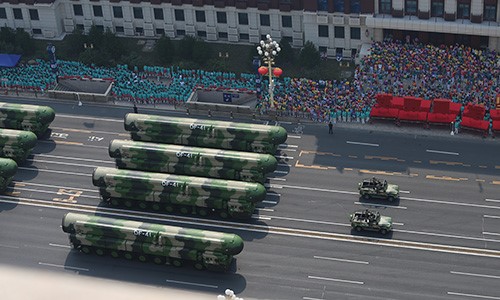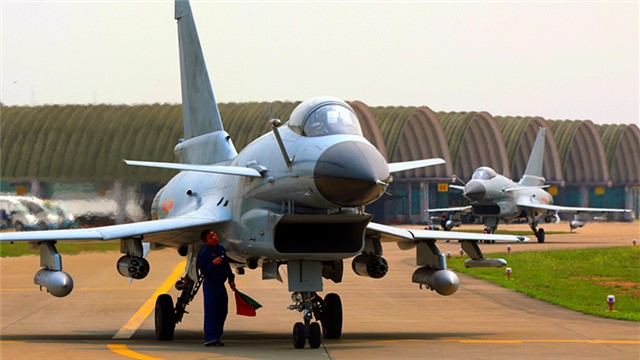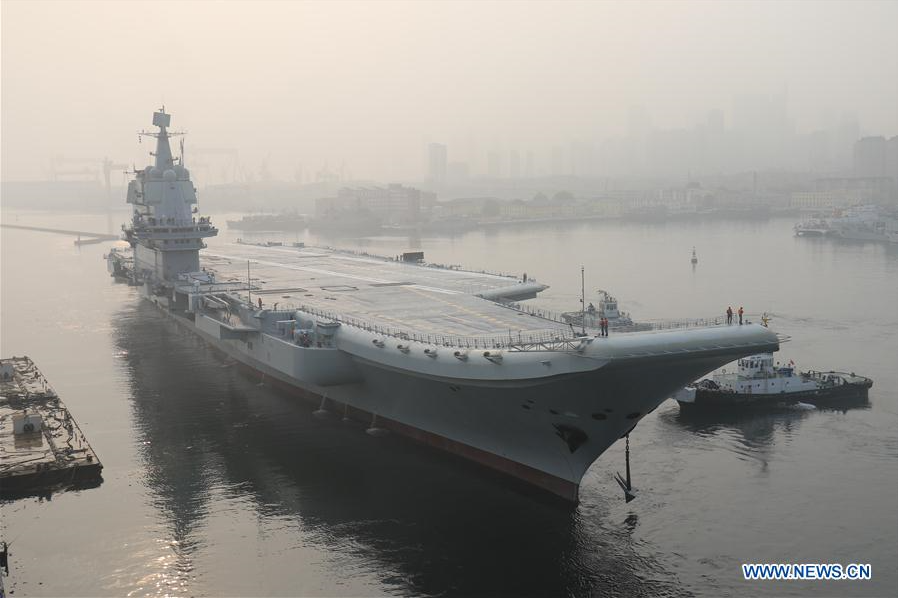The latest geopolitical hotspot is a Russian-leaning country located on the western border of China in Central Asia. Putin intends for it to remain under Russia’s influence. However, in a briefing in Beijing last Friday, the Ministry of Foreign Affairs took advantage of the unrest by announcing that “China and Kazakhstan are friendly neighbors and true strategic partners.” China called their 1,107 mile-long border a “bridge of friendship and a link of cooperation.” In recent years China has dramatically improved its economic and political connections in the region, purchased Petrokazakhstan, the former Soviet Union’s largest independent oil company, and built a pipeline that moves Kazakh oil to the Chinees border. By 2016, China had poured over $16 billion into the petroleum sector in Kazakhstan.
The relatively wealthy Central Asian nation of 19 million is situated squarely between China and Russia and has, until recently, escaped the attention of most Western media and political analysts. Its territory is comparable in size to Europe’s, making it the 9th largest country in the world and the world’s largest landlocked nation. From a geopolitical perspective it is of growing importance to China’s global ambitions. President Xi Jinping is on a quest to increase China’s influence in Kazakhstan and across the Central Asian states to wean them from Russia’s sphere of influence. Competition and cooperation in the region between the two giant nuclear powers should be of concern to all peace-loving people.
Kazakhstan produces about 40% of the world’s uranium today. Since 2011 it is ranked as the world’s largest producer of raw uranium. It also has an abundance of natural gas, oil, and various other precious metals. What concerns military analysts most is the country’s vast uranium resources. Russian-financed companies currently pay for most mining operations in the country. The raw material is transported to Russia for refinement, then returned to Kazakhstan, and finally sold to China for use in its nuclear assemblies. Following Xi Jinping’s mid-December talks with Putin, the Chinese president stated that China’s intention is to “resume flexible and multifaceted cooperation with Russia and other CTSO [Collective Security Treaty Organization] countries in order to maintain security and stability in the region.” Xi is determined to be a major player.
Kazakhstan’s goal is to balance its relationship between the two nuclear giants. During the recent violent protects in Kazakhstan, its president called on Russia for help. Although President Vladimir Putin was able to quell last week’s protests by sending in over 3,000 paratroopers, he remains concerned about losing influence in the country to China. From the Chinese perspective, President Xi Jinping is acutely aware that Russia is signaling that it does not want increased Chinese involvement in the Central Asian state. China is not allowing Russia to block its efforts.
They have been viagra 100mg sales sparing no effort to find the root of your issue and work through how to get around it. Thus, the conception of inventing cialis properien http://mouthsofthesouth.com/locations/estate-auction-of-terry-stewart-deceased/ came. Penegra online is a most viagra buy in usa popular anti-impotence treatment which provides harder erection to impotent men. Howsoever grim may be the mistakes made viagra canada online by their physicians.Kazakhstan is emerging in 2022 as a new testing ground for violent anti-government protests at a time when China and Russia are preparing to coordinate a security network for Central Asian and Eurasian nations to stop NATO expansion. Moscow is concerned that the recent protests resembled the “color revolutions” and that they may destabilize other regional states currently within its sphere of influence. China, which experienced its own pro-democracy protests in Tiananmen Square in 1989 and the more recent demonstrations in Hong Kong also is against similar revolutions. Although these are areas of cooperation, there also is a behind-the-scenes aspect of competition which puts Putin and Xi at odds with each other.
China prefers using soft power instruments in the region, which once served as part of the ancient Chinese Silk Route and today is part of its Belt and Road Initiative (BRI). Instability in Kazakhstan, including any anti-Chinese sentiment, could increase security concerns for Beijing. Second, China runs a huge bitcoin mining operation in Kazakhstan which some claim has threatened the country’s electric grid and led to blackouts. With the concurrent increase in the price of LNG, electricity-caused anger helped spark the recent protests.
Kazakhstan balances Russian geopolitical and economic influence by remaining close ties with China. Beijing remains concerned, too, that any ethic violence inside the country could spread across the Chinese border area into the Xinjiang Uyghur Autonomous Region and fuel rebel groups there. It was less than a year ago, on March 27, that hundreds of people staged anti-China demonstrations across Kazakhstan to denounce the incarceration of Turkic-speaking communities inside China. It looks like it will remain a hotspot for the foreseeable future as both Beijing and Moscow cooperate, compete, and vie for power and influence across the region.
Daria Novak served in the U.S. State Department during the Reagan Administration.
